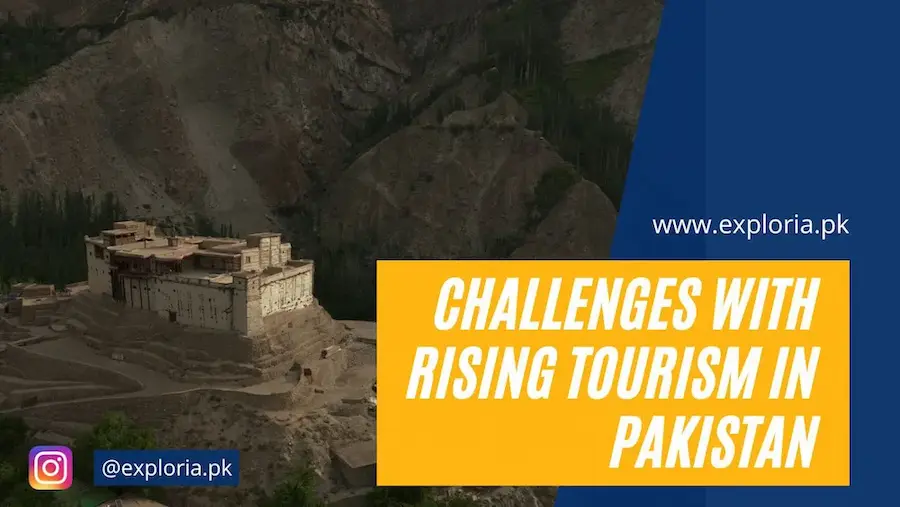Tourism in Pakistan has undergone a remarkable transformation over the years, evolving into a dynamic industry that showcases the nation’s diverse landscapes, rich history, and vibrant culture. From the ancient ruins of Mohenjo-daro to the towering peaks of the Karakoram Range, Pakistan offers a tapestry of experiences for travelers.
To understand the current opportunities and challenges facing Pakistani tourism, its important to gone through its historical roots and trace the industry’s growth.
Historical Context: From Ancient Civilizations to Modern Tourism
Pakistan’s tourism story begins with its deep historical roots. The region has been home to various ancient civilizations, including the Indus Valley Civilization, leaving behind archaeological treasures that attract history enthusiasts from around the globe. The Mughal Empire further contributed to the architectural marvels, such as the Badshahi Mosque and Lahore Fort, which continue to captivate visitors.
The modern era saw the rise of tourism in Pakistan, with the development of infrastructure and promotion of its natural wonders. The picturesque landscapes of Swat Valley, the serene beauty of Shangrila Resort, and the cultural richness of cities like Lahore and Karachi became integral to the tourism narrative.
Tourism Opportunities in Pakistan: A Promising Horizon
- Cultural and Historical Riches: Pakistan boasts a plethora of UNESCO World Heritage Sites and cultural landmarks, providing an opportunity to attract history and culture enthusiasts globally.
- Scenic Landscapes: The breathtaking landscapes, including the Karakoram Range, Himalayas, and the Arabian Sea coastline, offer tremendous potential for adventure tourism, trekking, and beach resorts.
- Hospitality Industry Growth: The hospitality sector has witnessed significant expansion, with the development of hotels, resorts, and guesthouses, catering to the diverse needs of tourists.
- Cultural Festivals: Pakistan’s vibrant festivals, such as Basant and Eid celebrations, present an opportunity to showcase the country’s cultural vibrancy and attract tourists looking for unique experiences.
Challenges Facing Pakistani Tourism: Navigating the Roadblocks
- Security Concerns: Persistent security challenges have impacted the tourism sector, requiring focused efforts to enhance safety measures and rebuild confidence among travelers.
- Infrastructure Development: While progress has been made, ongoing investments in infrastructure are crucial to facilitate smoother travel experiences and access to remote areas.
- Marketing and Promotion: Effective global marketing strategies are needed to position Pakistan as a safe and attractive destination, leveraging digital platforms and international partnerships.
- Environmental Sustainability: The influx of tourists poses challenges to environmental sustainability. Responsible tourism practices and conservation efforts are essential to preserve Pakistan’s natural beauty.
Conclusion
Pakistan stands at a crossroads, balancing the potential of its tourism industry with the challenges it faces. Strategic planning, investments, and collaborative efforts from the government, private sector, and local communities are crucial to unlock the full potential of Pakistan’s tourism.
As the nation continues to open its doors to the world, the diverse landscapes and rich cultural heritage offer a promising canvas for an industry poised for growth.
The journey towards becoming a global tourism hub requires a collective commitment to addressing challenges and embracing opportunities on this exciting path ahead.


0 Comment